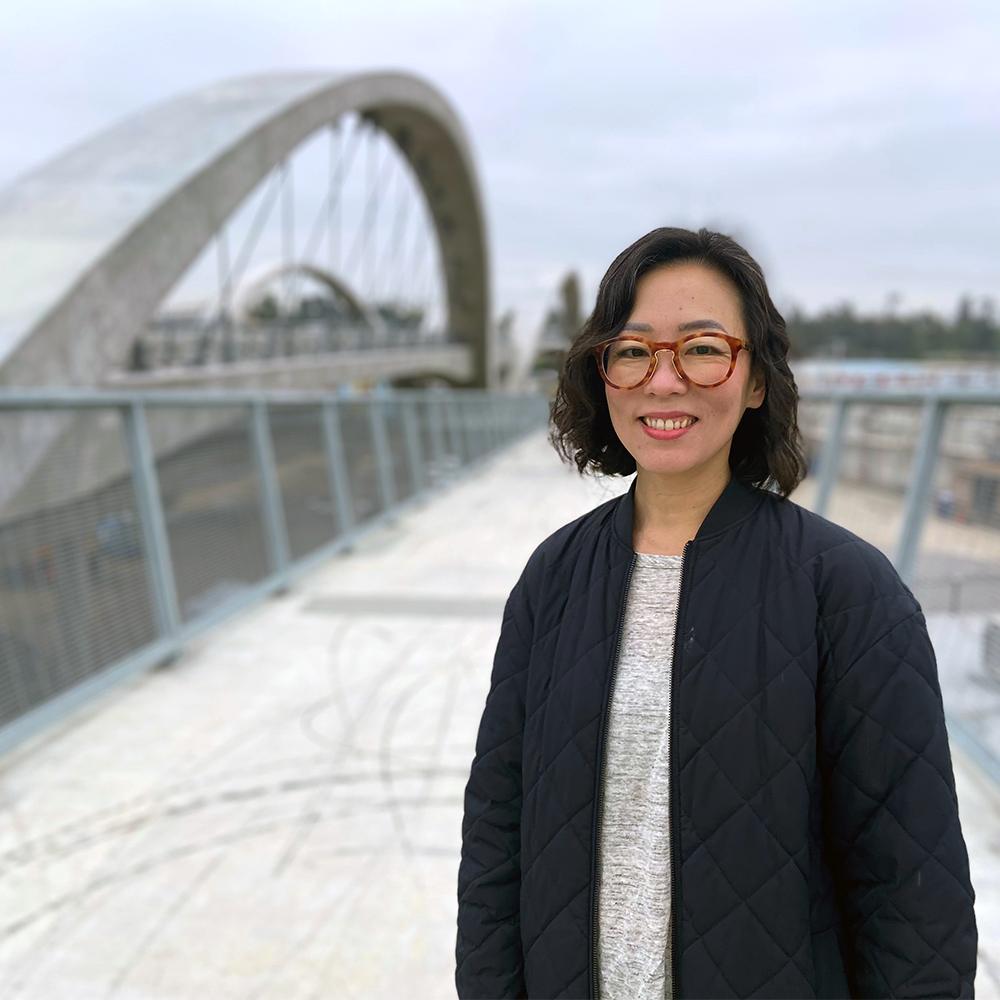Radical Work Flexibility Builds Loyalty and Culture at Saam

Like to work at 4 am? Need to take a break at 3 pm to pick up your kids at school? Want to collaborate with team members who are traveling—jump on Zoom or Teams and sketch it out. These are among the practices that Saam Architecture is encouraging to accommodate people’s work lives and styles—and build a culture of collaboration and success.
Operating “Remote First”
Saam is a “remote first” firm, with the majority of people working remotely and a subset going into the firm’s offices on different days of the week. “We have designed our practice with equity in mind,” says Diana Nicklaus FAIA, president and CEO of Saam Architecture. “Everyone has the same benefits and tools, and people can work wherever and whenever they want. We have hired people in North Dakota; have a staff member who is nomadic and another occasionally in the Middle East; and one of our senior associates just moved to Austin.”
The firm is upfront with clients about the studio’s work schedules and practices, and Nicklaus says clients have embraced the model: “Flexibility works both ways, and clients like that they can call us at any time. They appreciate that we try to take care of our team members and like seeing a lot of women in leadership roles.”
Attracting and Retaining Women
Saam Architecture’s team is now 92 percent women, and many are mothers. “I know that there are women who would have left the architecture profession if it weren’t for Saam,” says Nicklaus. “This profession is trying hard to hang onto women. AIA wants to work on retention, and no one really knows how to address that. While I am sure our approach wouldn’t work for all firms, I think we are learning some things that could be more widely adopted — and some firms have evolved after seeing that flexibility works.” Nicklaus notes that Shepley Bulfinch now has a virtual studio because they have recognized they can attract talent.
Amy Nowak-Palmerini joined Saam about a year ago as a senior associate and says she selected Saam in part because of the flexibility it offered: “I have twins, went through the pandemic juggling home schooling and work, and realized I needed to make some changes. I now continue to work hard, but I can take an hour in the middle of the day to participate in an activity at my kids’ school. This is a great place to work, and being part of a nearly all women firm is so empowering. Prior to joining Saam, I was used to being the only woman at the table, and this team has a much more collaborative approach.”
Nowak-Palmerini and other Saam employees say the firm’s culture has shifted as a result of the flexibility. If someone is sick or has a personal commitment, other members of the team step in and get the work done. “This is a different approach to collaboration,” says Nicklaus. “A lot of firms have a competitive environment. We don’t experience that in our firm, and I see it as a real plus, for the team and for our clients.”
Getting the Work Done
Saam has instituted a number of practices to ensure that team members can work together effectively and advance their projects:
- Collaboration on Zoom, Teams, and Lumion.
- Because drawings look different on a screen than in print, staff sometimes come into the office to look at a printed set of drawings or Saam ships a set to remote team members.
- Most teams meet virtually every week to better support communication.
- Staff come into the office quarterly to discuss topics such as drawing standards or industry developments.
Understanding this Model is not for Everyone
Nicklaus says that communications can be a challenge, especially when trying to teach younger staff if they are not well-skilled in communications. “Virtual engagement just makes this more difficult, but we have evolved in how we mentor.”
She also notes that a flexible schedule is not for everyone. “Some people want more structure; end of story,” says Nicklaus. “We also had a really talented younger staff member leave and let us know that she wanted to work at a firm where people go out on Friday night and get together to study for exams. We are not that.”
What will the Future Look Like?
Nicklaus thinks there will be some fully in-office firms and others that will be totally remote. “This is going to shift the way talent is acquired,” says Nicklaus. “There will be talented people who want the benefits of remote work, so they may choose not to go to a big firm that has an in-person culture. Remote work is changing the job market.”

